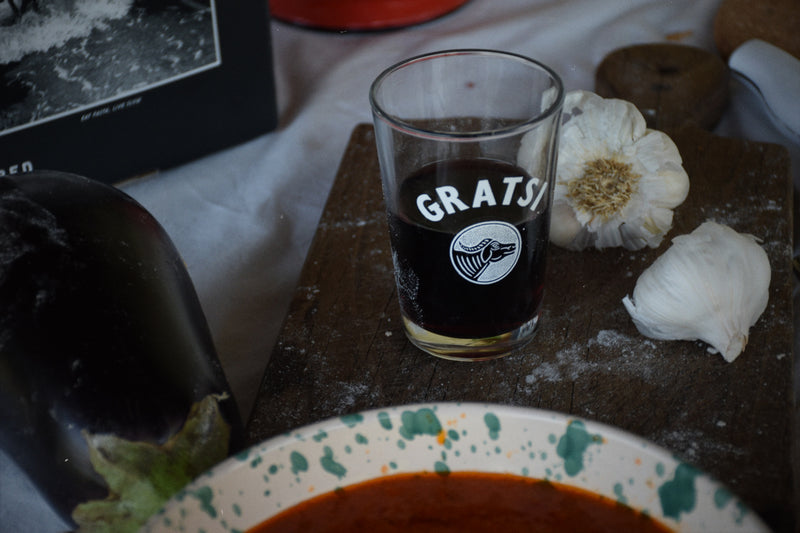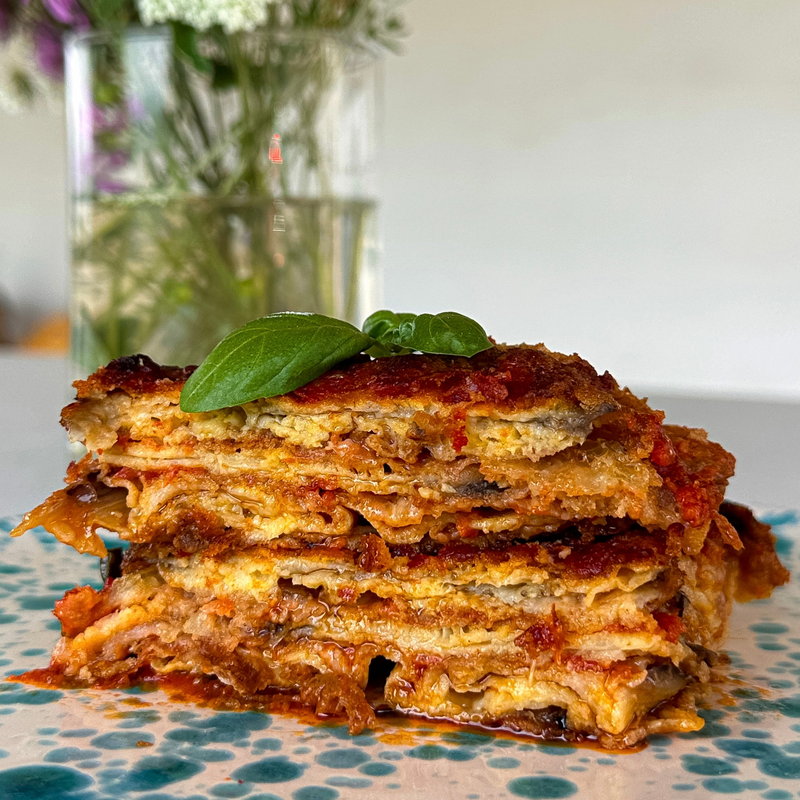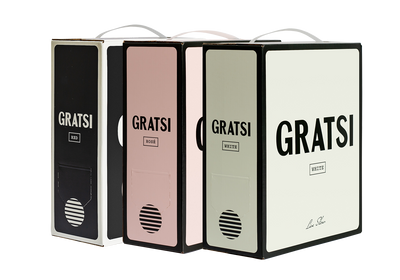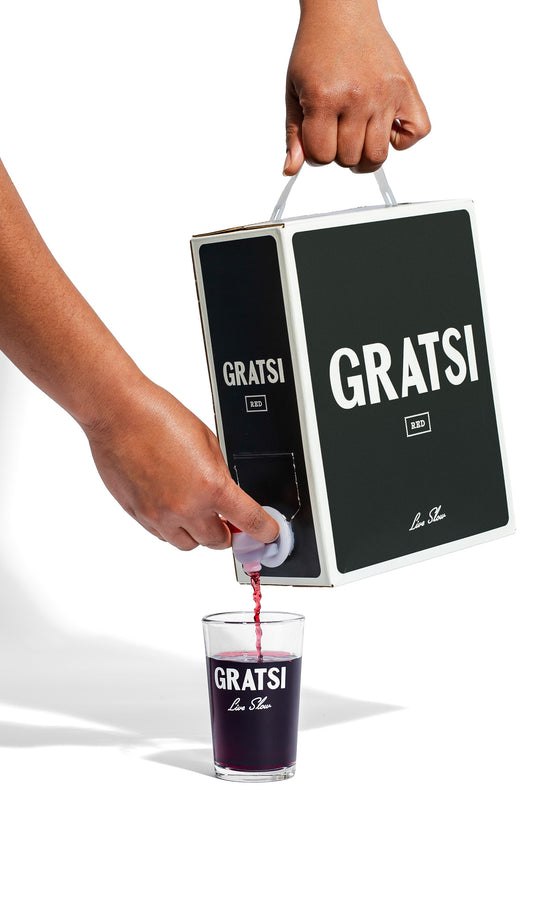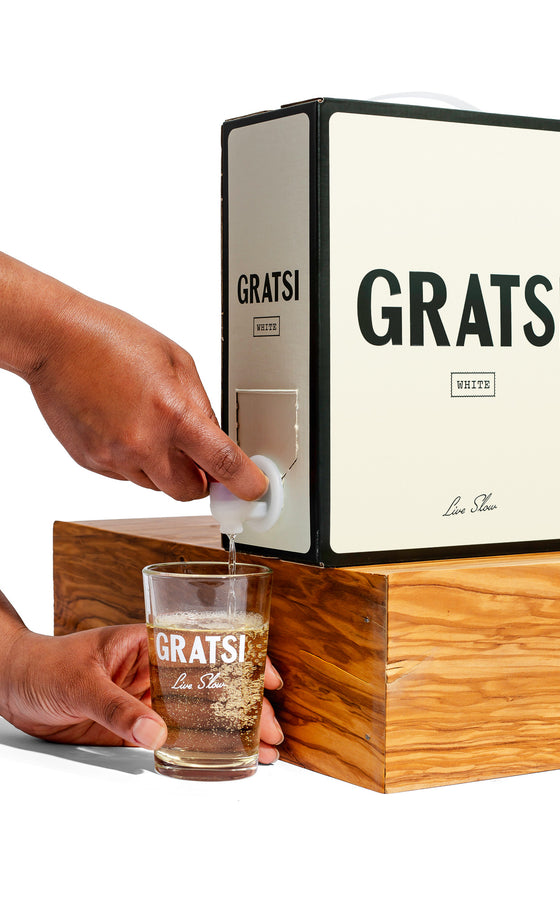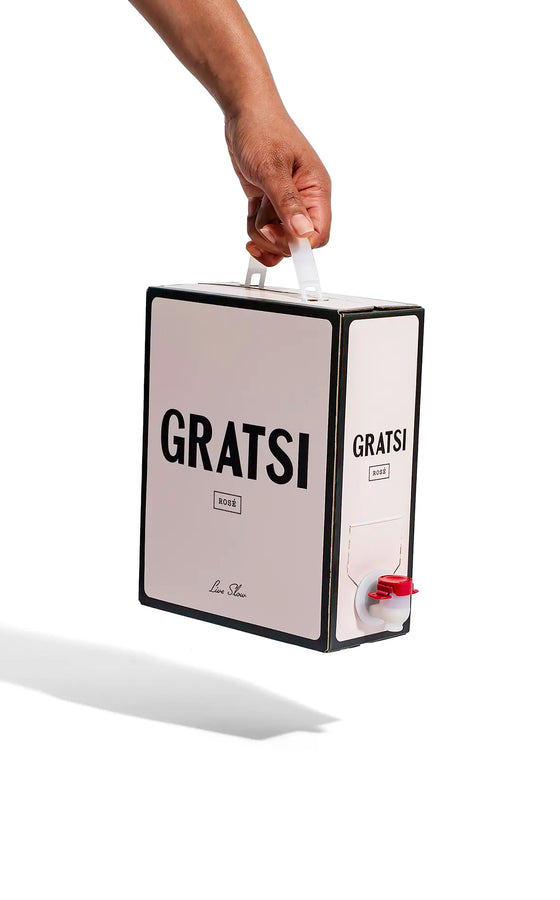Parmigiana
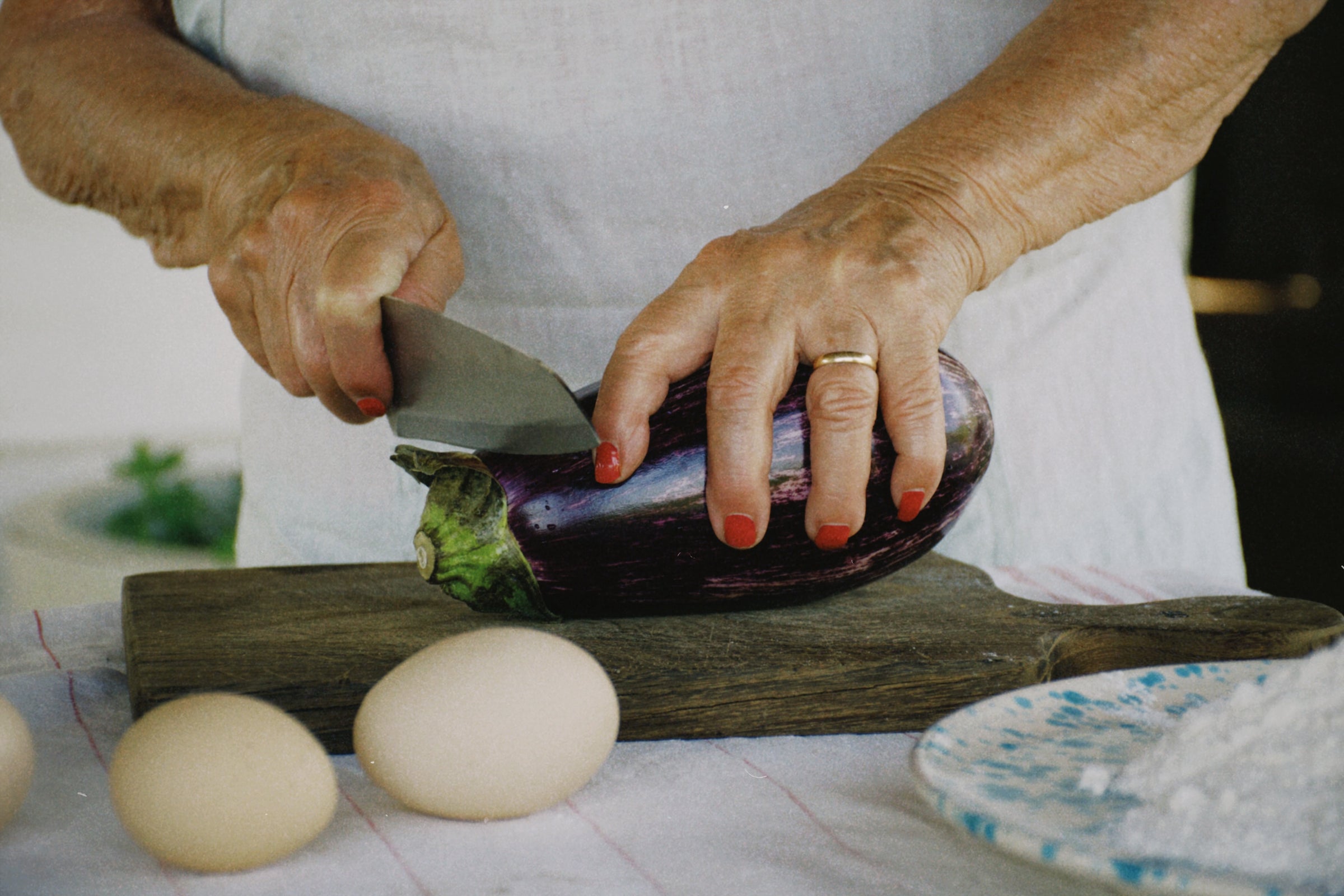
NONNA SILVANA'S
Parmigiana
Nonna Silvana, when she wants to give her grandchildren a present, lovingly prepares it in the morning as soon as she wakes up, after a cup of coffee, and then serves it for Sunday lunch, asking each time, after sixty years of preparing it, "how did it taste today?" The answer is always one, delicious!
By GIANINA ROSE
|
July 13, 2023
Parmigiana
By GIANINA ROSE
Instructions
TOTAL TIME
1 hour 45 minutes6 servings
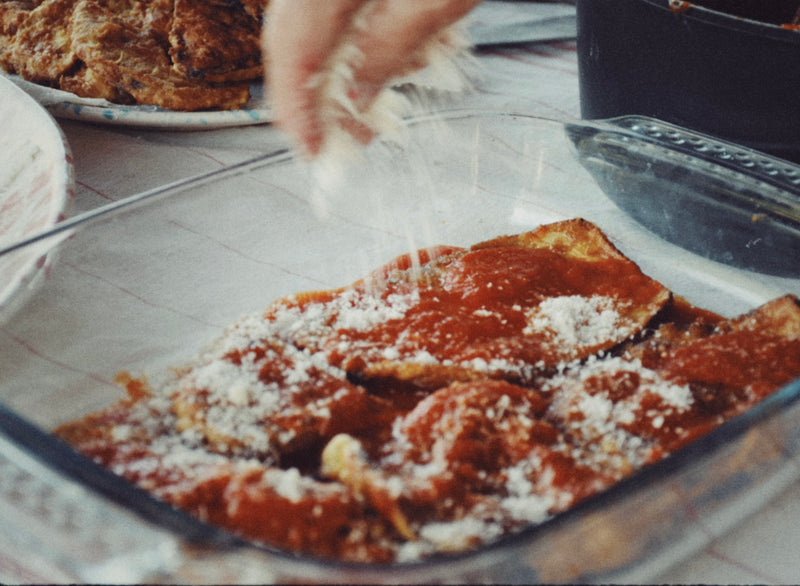
Parmigiana is one of the richest, tastiest and most iconic dishes of the Italian culinary tradition.
It consists of fried aubergines then assembled in layers in a baking dish with mozzarella, tomato sauce, parmesan cheese, basil and finally baked in the oven where all the ingredients embrace together, forming a gratin-like crust and a stringy, tasty filling to be sliced up!
Whether eaten hot in winter, cold at the beach in summer, or the next day inside a sandwich, it is a dish that deserves to be known all over the world!
Like many other recipes, parmigiana is prepared with different variations in various parts of Italy.
This recipe is the version of Nonna Silvana, an Italian grandmother who has been preparing it for more than sixty years. Her version involves a double breadcrumb coating, first in flour and then in egg before being fried in boiling oil.
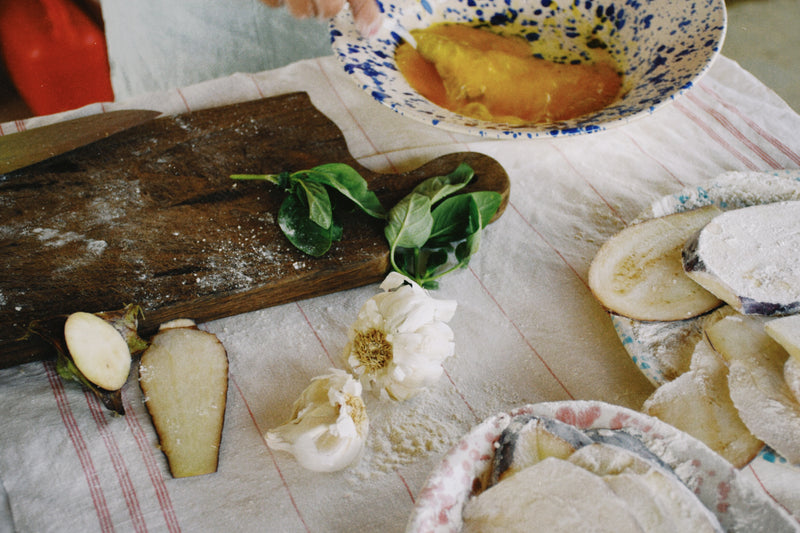
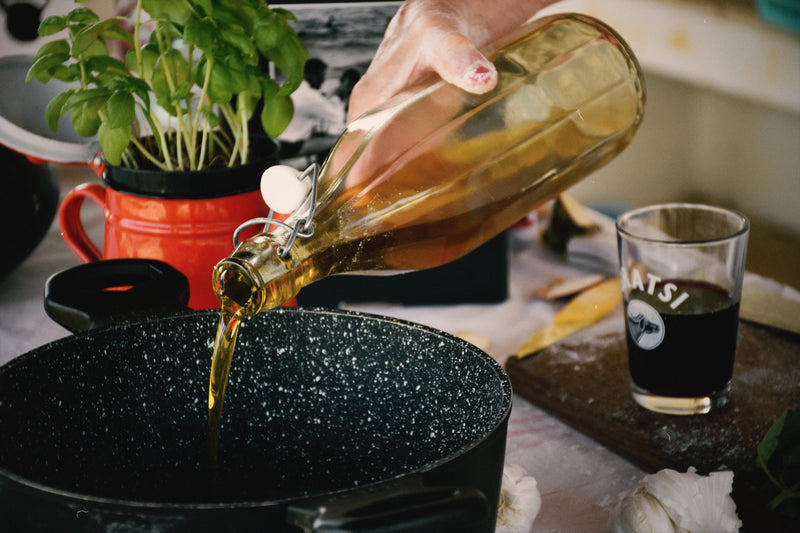
The smell of parmigiana always evokes a lot of memories in the mind of every person who has been lucky enough to have someone make it for them.
The secret to making a perfect parmigiana is to start with excellent ingredients, so the best aubergines are oval, firm and young (which do not have that slightly pungent aftertaste), the tomato sauce should be thick and full-bodied and strictly enriched with lots of fresh basil. The mozzarella should be drained well and refrigerated cold to avoid a watery parmigiana. The aubergines should be cut into slices of the same thickness, fried in plenty of boiling oil, this way they take very little time to cook, about 1-2 minutes, and do not absorb too much oil, in any case it is always a good idea to dry them with kitchen paper, to allow the excess oil to be absorbed and not to have an overly greasy parmigiana. After cooking, the parmigiana, like many baked dishes, needs to rest, to settle the shape and better harmonize the ingredients.
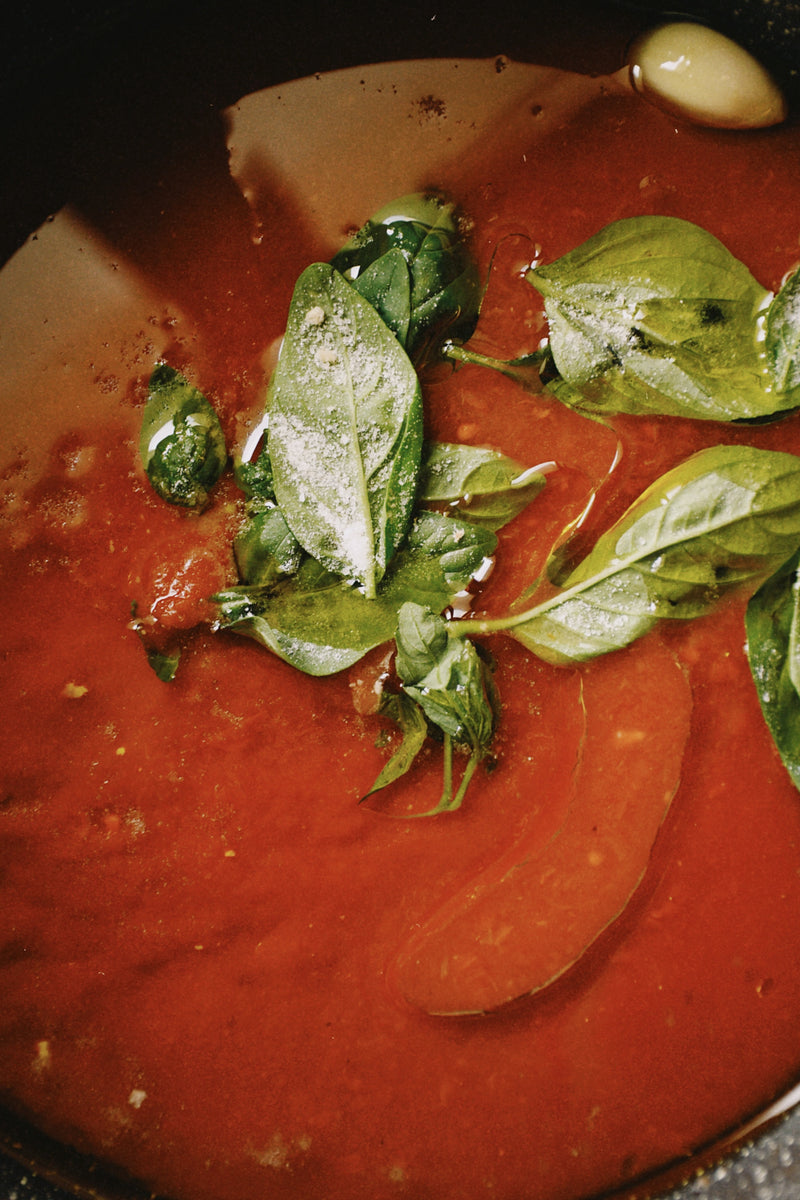
STEP 1
We begin by preparing the sauce for our parmigiana. We put some extra virgin olive oil, two cloves of garlic in a pan and sauté for a few minutes. Add the tomato sauce, some basil, salt and pepper. We cook the sauce for about twenty minutes or until it is sufficiently reduced.
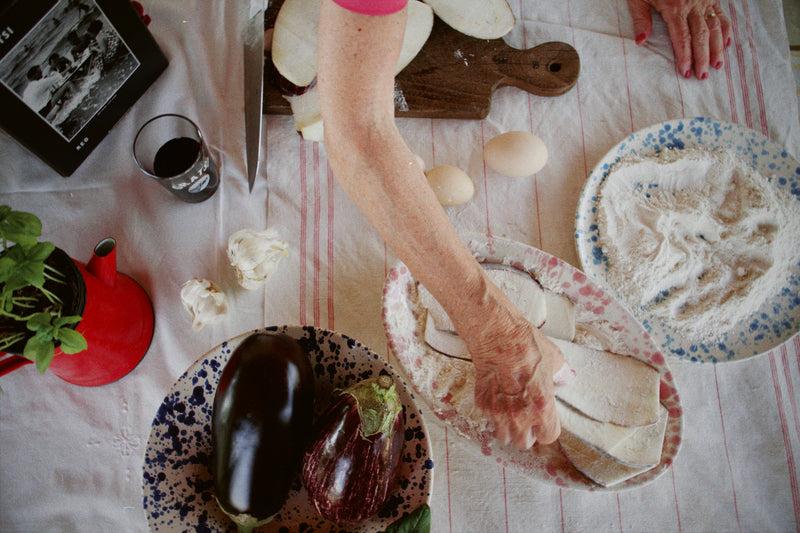
STEP 2
Now cut the aubergines lengthwise into slices 3-4 millimeters high, dip them first in flour and then in the eggs previously beaten in a bowl with a pinch of salt.
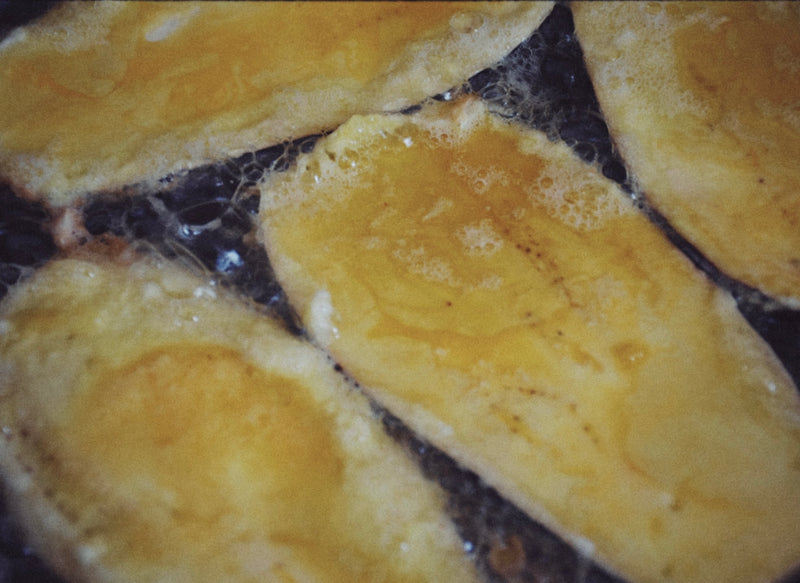
STEP 3
Now put plenty of seed oil in a frying pan and allow it to heat up, place the aubergines in the oil and allow them to brown on both sides for a couple of minutes. At this stage of the preparation it is important that the fried aubergines are dried with paper towels so that the excess oil can be removed and our parmigiana is not too greasy.
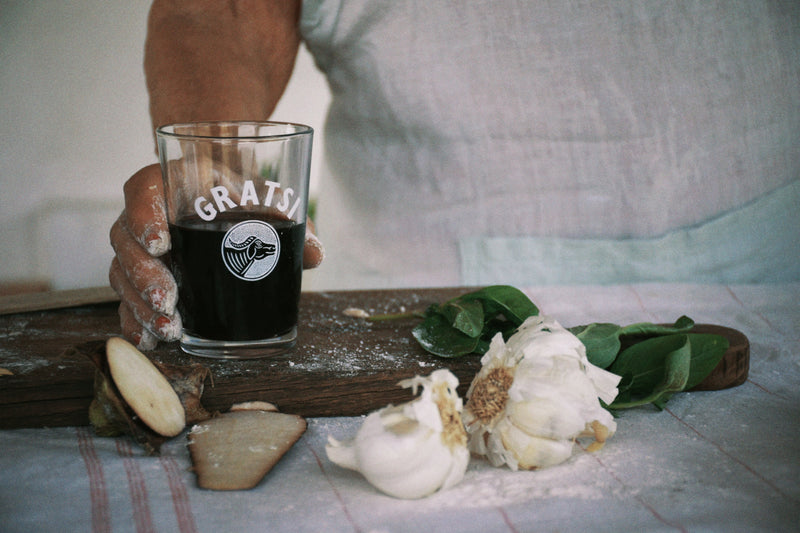
STEP 4
Once all the aubergines have been fried and the sauce cooked, we can proceed to cut the mozzarella into small pieces, taking care to squeeze it to avoid water remaining inside.
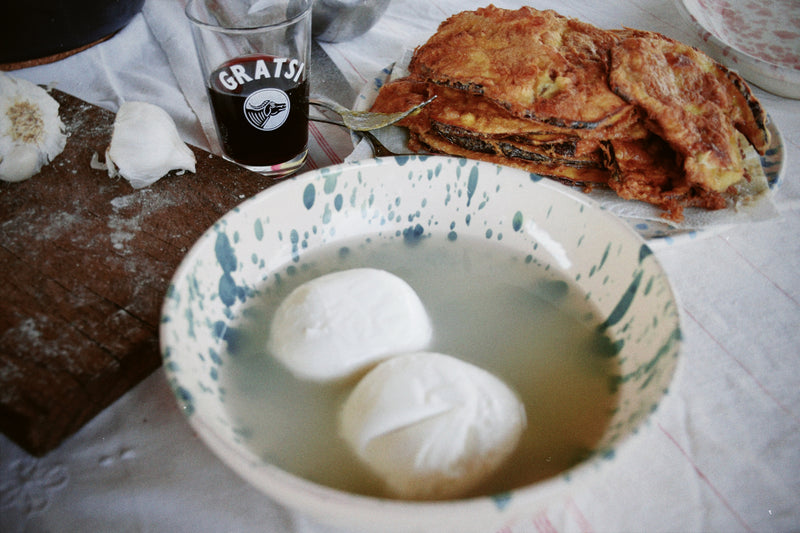
STEP 5
Now that we have all the ingredients, let's start composing the layers of our parmigiana! Take an oven dish (like the one in the photo) and pour a generous ladleful of tomato sauce as the first layer, then proceed with the aubergines, the mozzarella, a sprinkling of Parmesan cheese and another spoonful of sauce, which will help give flavor and keep the parmigiana soft. We continue like this until all the ingredients are used up.
STEP 6
The last layer, being the one that will form the crust, will have to be more seasoned, so we abound with mozzarella and parmesan cheese and the remaining fresh basil leaves!
STEP 7
Once the composition is finished we can take a sheet of aluminum foil and cover our dish. We cook it for 15 minutes covered with aluminum foil, then we can remove it and finish cooking for a further 15/20 minutes at 180°. By double baking (covered and uncovered) we allow the crust to form without burning it.
Once taken out of the oven, the parmigiana should rest a little and be served warm.
Buon appetito!
